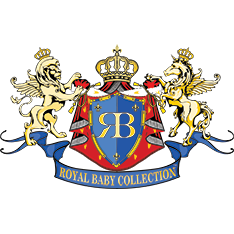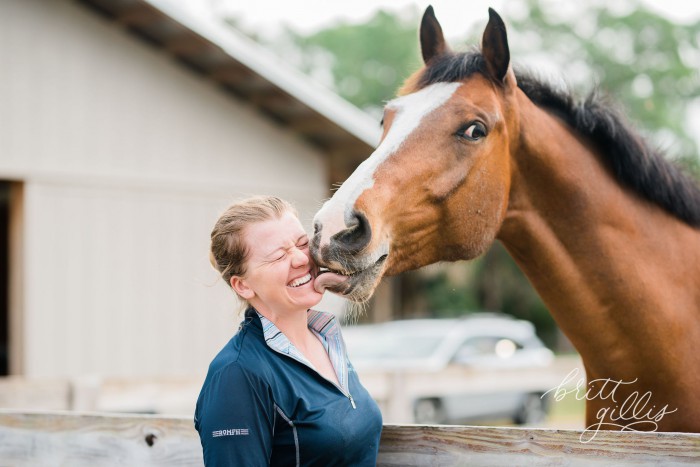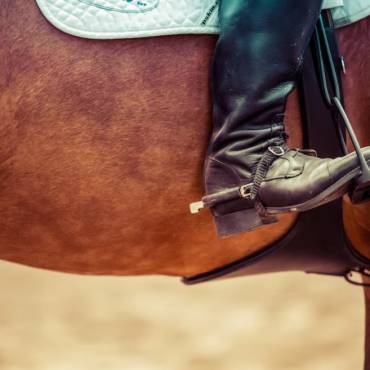Ideally, a horse will have constant access to high-quality forage in the form of fresh grass or hay. An empty stomach lends itself to a higher risk of ulcers and other digestive issues. How much to feed depends on various factors such as condition and activity level, but most horses should eat between 2% and 2.5% of their body weight in pounds of hay and supplemented feeds daily. It is important to watch your horse and make sure he is maintaining an appropriate weight. Your veterinarian can help you decide how to feed to keep your horse fit and healthy.
A word on grains: The bulk of the diet should almost always be roughage, but grain can be a useful supplement to hay to ensure you are meeting your horse’s caloric and nutritional needs. Less is often more and most horses, even active ones, only need several pounds of grain a day. Grains digest quickly, leaving the stomach empty and gasses in the intestines. Foals fed “high energy” diets can develop bone and joint problems. Some adult horses with certain muscle disorders can have their symptoms exacerbated by the high carbohydrates found in grain.
Any changes to your horse’s diet should be made gradually to avoid colic (abdominal pain usually associated with intestinal disease) or laminitis (painful inflammation in the hoof associated with separation of the hoof bone from the hoof wall), either of which can be catastrophic. A horse or pony breaking into the grain bin or being allowed to gorge on green pasture for the first time since the fall could be headed for disaster. If you travel with your horse, bring his food along to avoid changes.
Original article: Horse Care | ASPCA





Add Comment